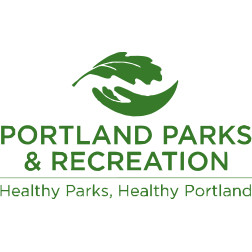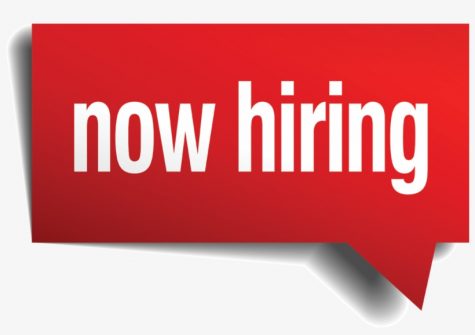Coffee Cart Caffeination
Some people could argue that Centennial’s coffee cart uses low quality products to make their drinks and that they’re more spendy in terms of pricing. However, after some investigation, I learned that, not only do they use good quality products in term of supplies. After determining net profits gained through both the student store and coffee cart as well, I’ve come to a new conclusion that the coffee cart does more good than harm in more than one way.
And that’s because the goal for ASB is to increase school spirit, not to make a profit off of students.
“The store technically doesn’t make any money because we give it back to the kids,” said Ehren Schneider, the director for ASB. “We want kids to have Eagle Gear. The coffee sales allow us to give kids stuff.”
The sales gained through the student store and coffee cart go into the student account, where the money is used for Winter Formal, Prom, and replenishing clothes and items for the coffee cart. Now it can be thought that with the profits made through ASB are significant enough to have a plentiful supply of these things, but in truth they actually don’t make it to the break even point, their net profits (income minus costs) per day ranging from $40–$100. Last week, ASB’s net profit was over $70, so a monthly estimation would be about $290.
As for yearly net profits, this year with a beginning balance of over $700, ASB’s income was close to $8,800. By subtracting the yearly expenses, about $8,600, ABS barely got over $200 in net profits. That’s with two student run businesses running too the coffee cart uses good name brand products such as DaVinci syrups and V8 Fusion for smoothies and other fruity drinks. The white chocolate they use costs a total of $18, so it can be assumed that their other ingredients can easily launch their weekly costs into the hundred dollar range.
Backing away from net profits for a bit, another major point is that it is locally located within the school for students to enjoy without having to travel out and spend more on coffee or other drinks.
“What we offer is a good deal as it is,” said Caleb Toman-Cabral, a barista and member of student council. “In terms of Starbucks, Dutch Bros, Blackrock, [the] products there are going to be more expensive than what we have to offer. What ever profit we do make makes up for the lack of profit that we make on the shirts because we make nothing on the shirts.”
You heard it: it’s the coffee that’s keeping the store selling shirts and not the shirts itself. No joke intended either. Plus, since both profits benefit the student body in terms of buying new shirts, coffee production, and paying for the Winter Formal and Prom, it’s a continuous cycle of money flowing between the student body and ASB. Vending machine profits, on the other hand, go to the principal which benefit the school, so that money goes in a completely different direction than that of benefiting the students.
Though, this isn’t the whole reason I went into investigating for the article. Since close to 70% of the school is on free and reduced lunch, I went in to find evidence that the coffee cart was reaping more than should be advised. However, my evidence so far is far from it. The idea of giving discounts to these students does seem good and honest, but there are reasons why the coffee cart won’t do this. The main point being that it wouldn’t be profitable.
“If we were to do a deal for free and reduced lunch,” said Kaylee Vawter, “we would get kids who have pockets full of money saying they’re on free and reduced lunch. You would get no truth whatsoever.”
And in light of human nature, it does seem reasonable that people would fib to get a discount to benefit themselves. The downside is that this would hurt ASB more than benefit because there would be less money for products and dances, meaning there would be less to give to the student body and circling back. In the end, you have to look at the big picture of it all, rather than just a small portion of it.





